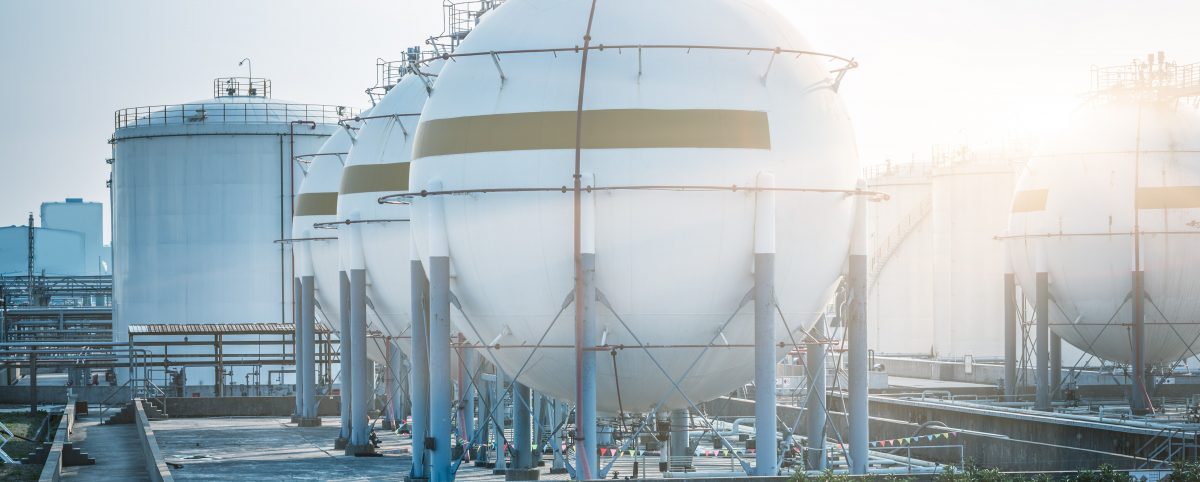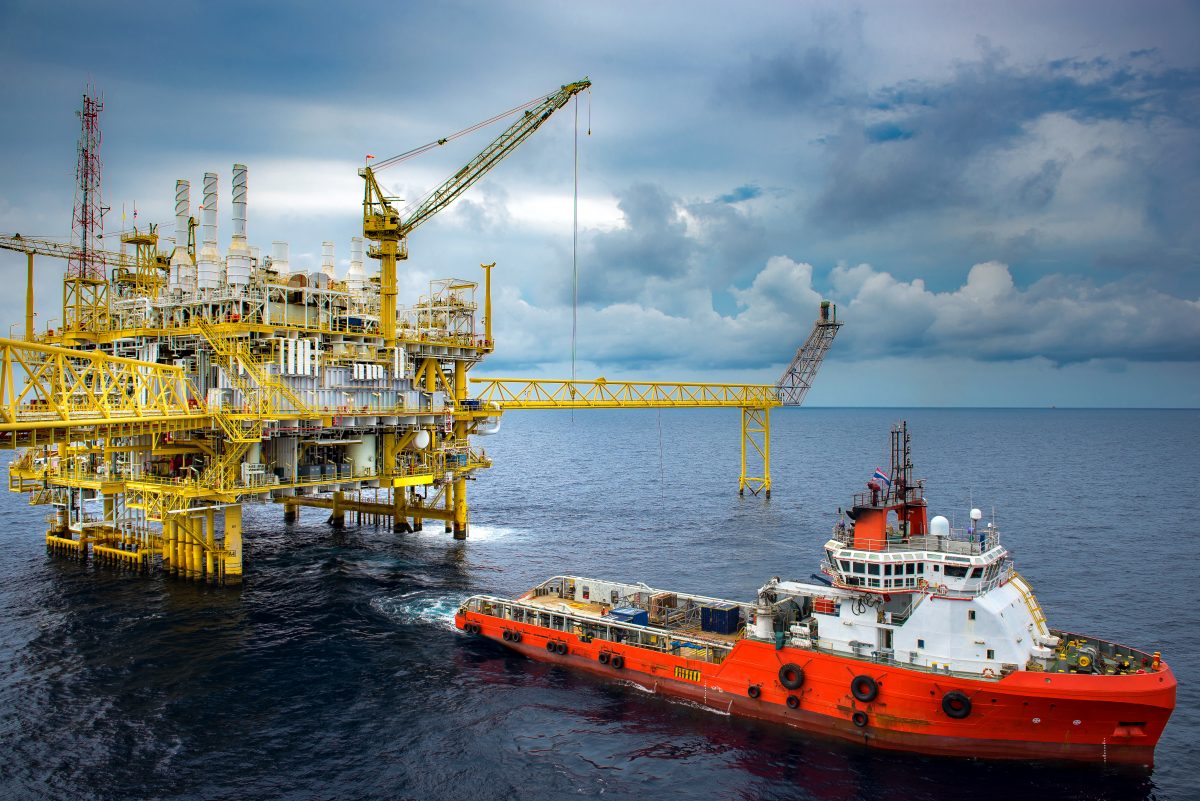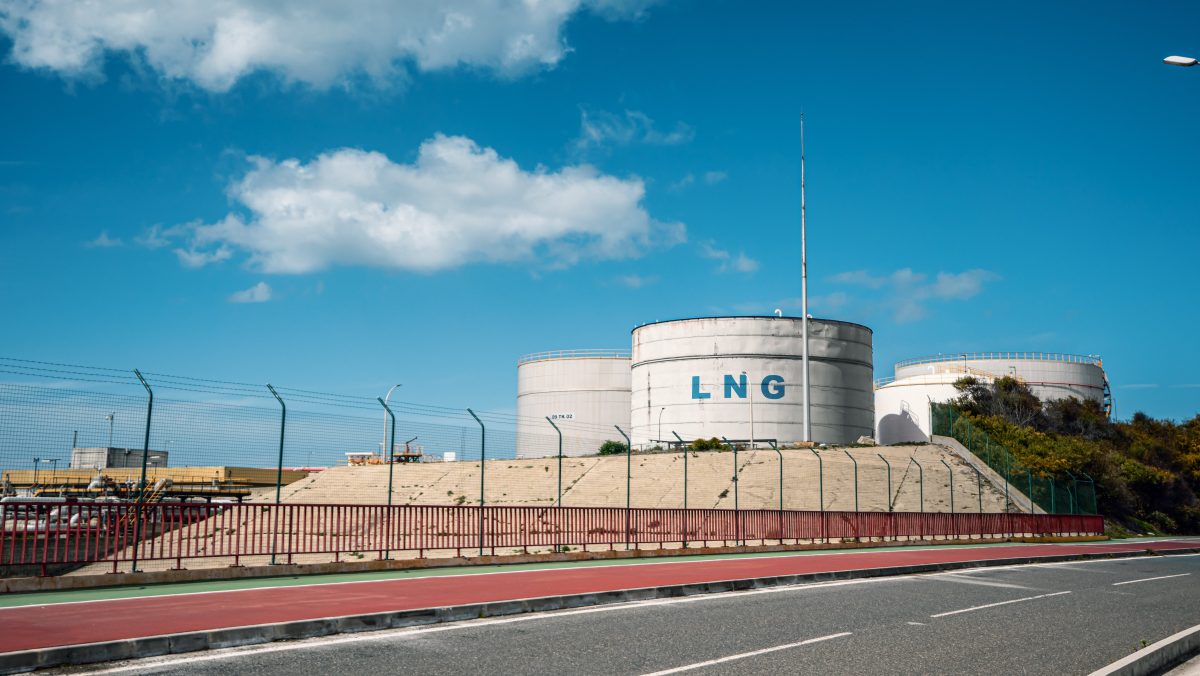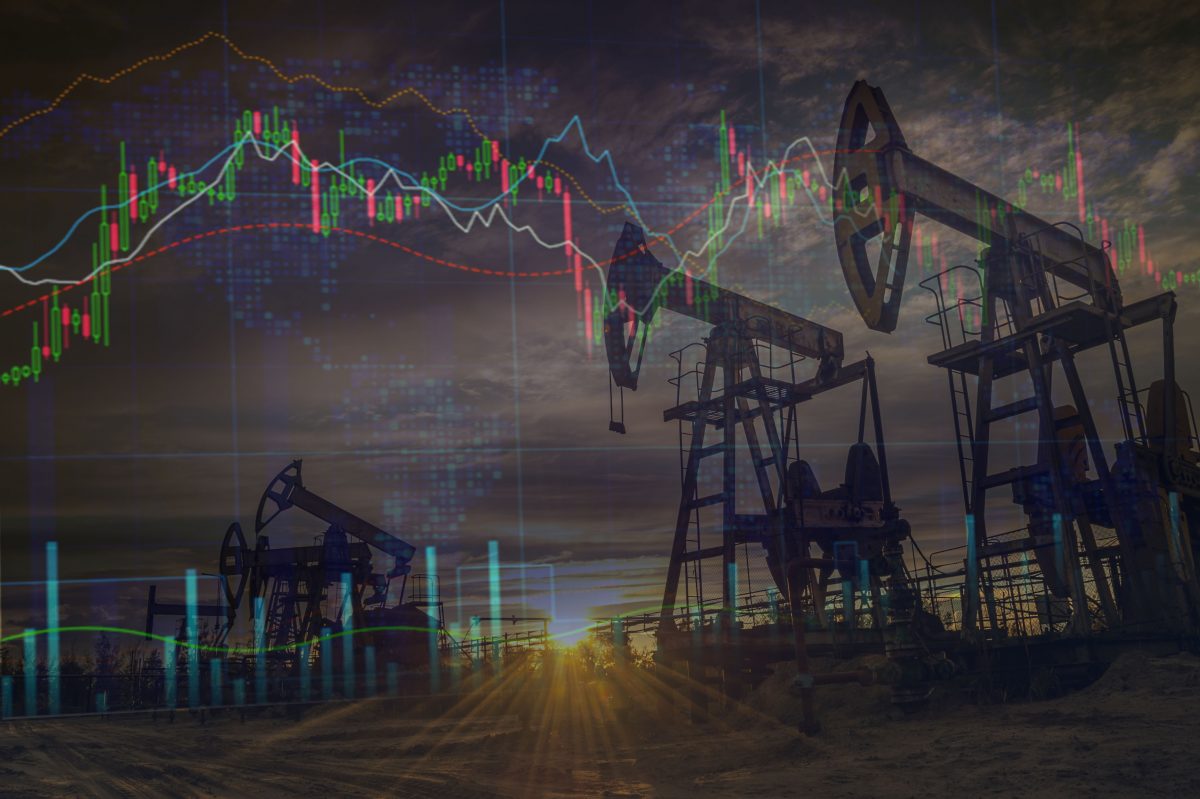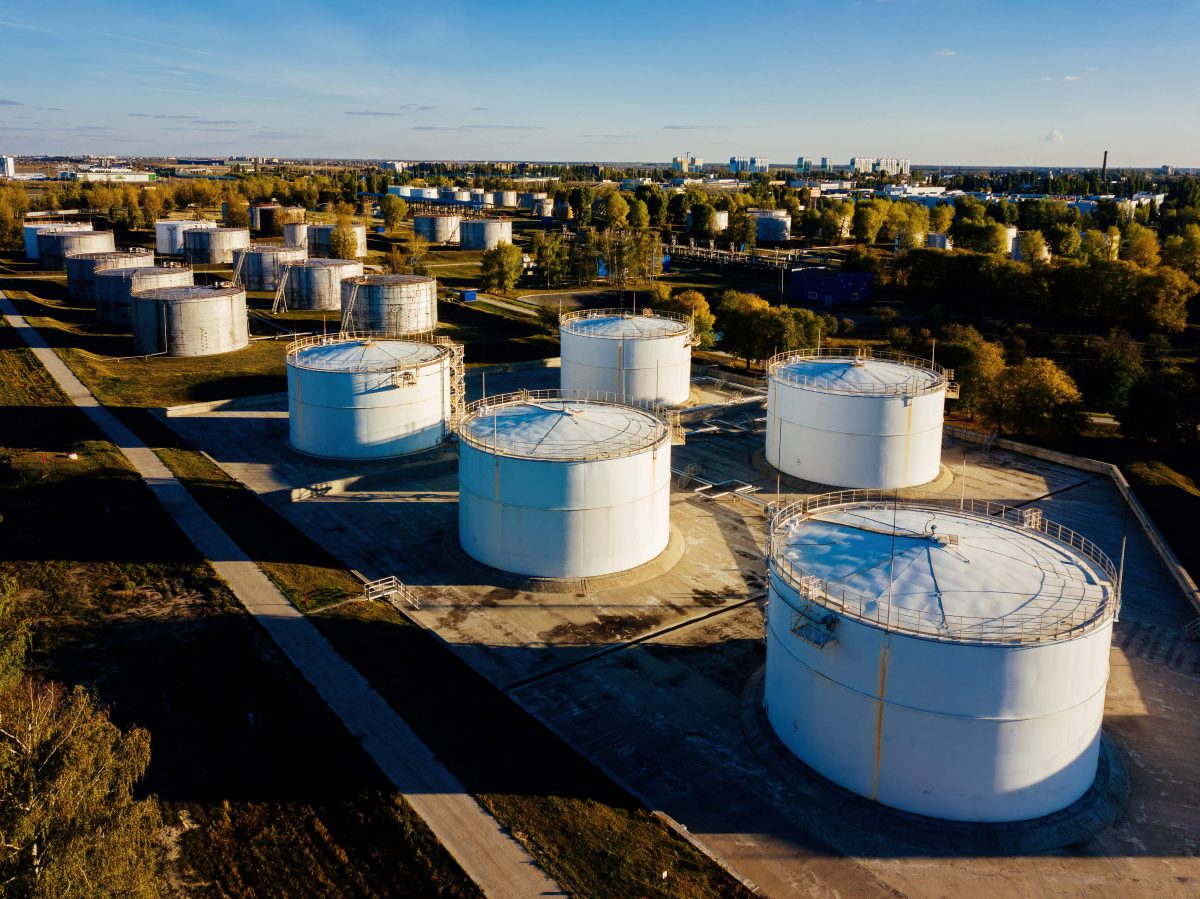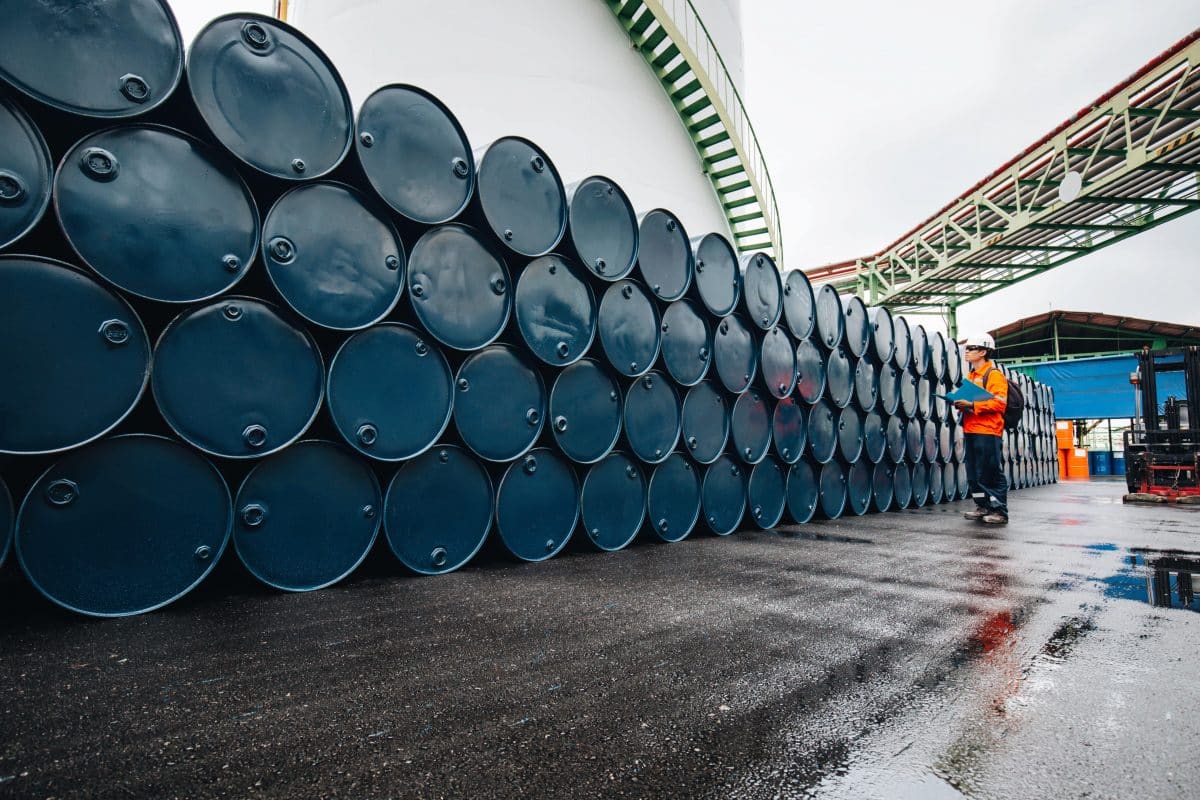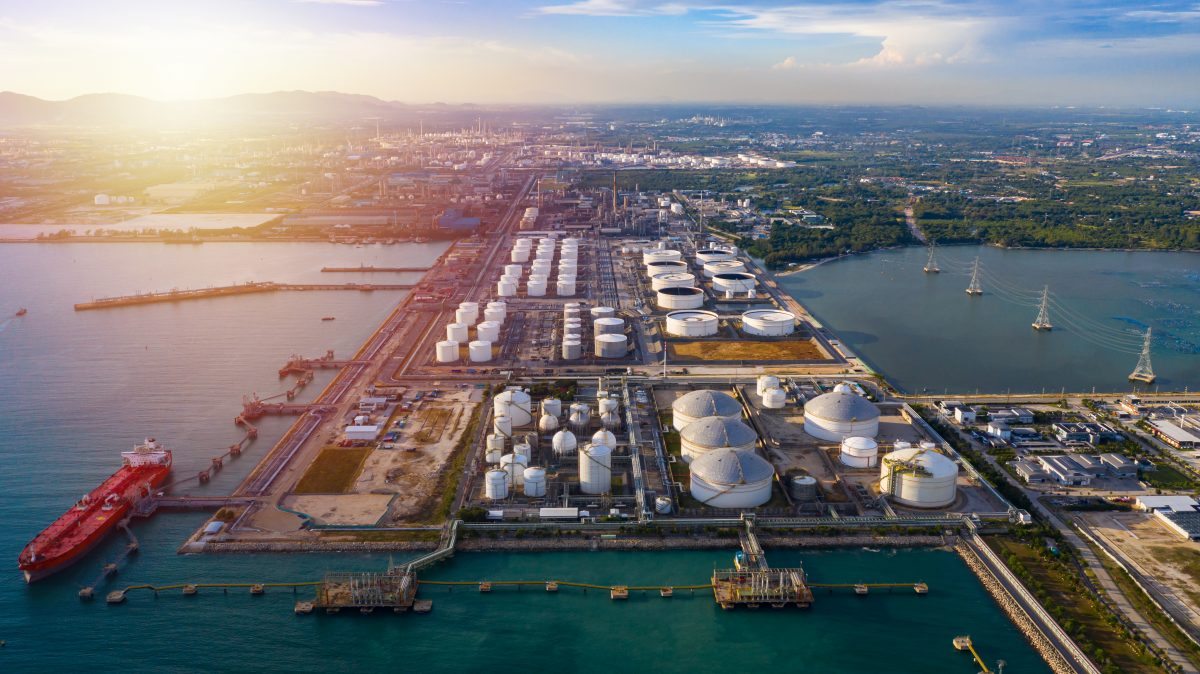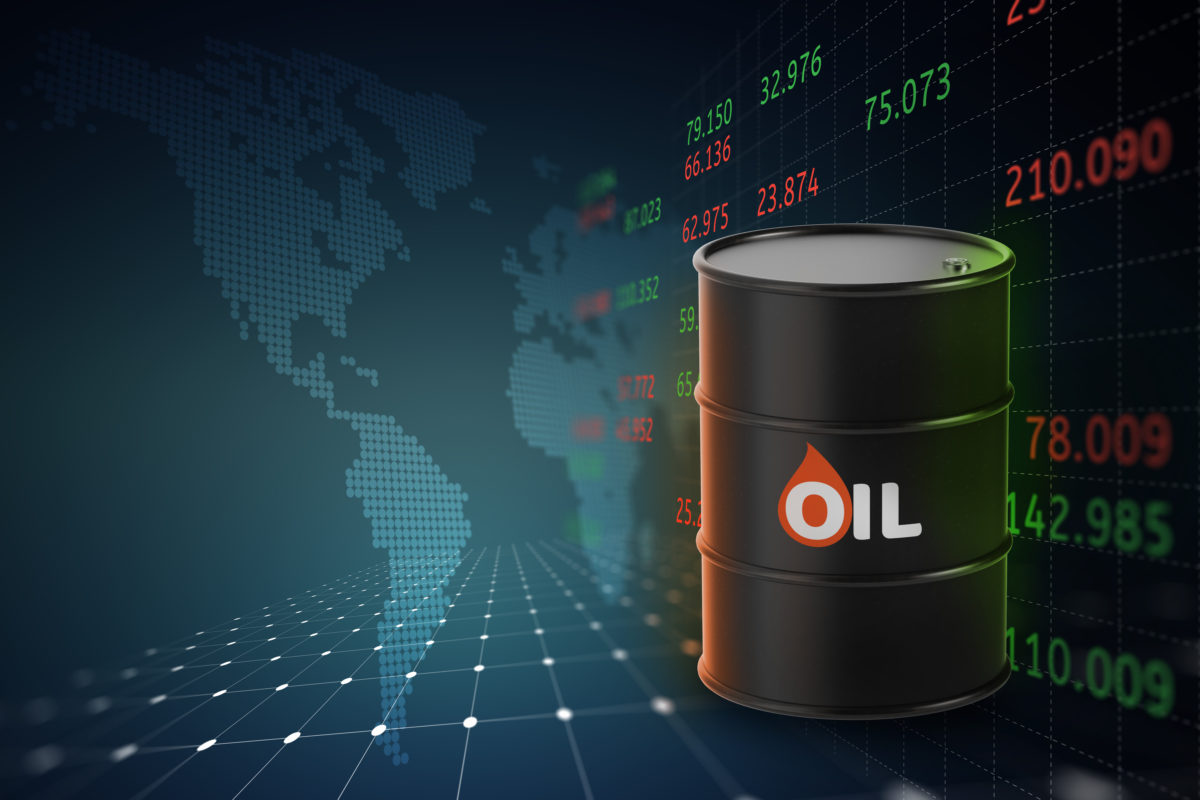Established by the U.S. government nearly fifty years ago, the Strategic Petroleum Reserve (SPR) is intended to protect the economy and strengthen national security during major oil supply disruptions. Presidents have tapped the reserve, which is one of several U.S. strategic stockpiles, in response to various crises, including natural disasters, military conflicts, and ship-channel closings.
Supporters say that the reserve safeguards the independence of U.S. foreign policy and remains a critical energy security tool. Others level various criticisms, including that the SPR is ineffective, unnecessary, and prone to exploitation for political gain.
The Joe Biden administration’s massive withdrawals from the SPR in response to the war in Ukraine and oil price inflation in 2022 have rekindled debate over the reserve.
Where is the Strategic Petroleum Reserve?
The SPR is the world’s largest stockpile of emergency crude oil, owned and operated by the U.S. federal government to alleviate significant oil supply disruptions or price inflation.
The oil is kept across a network of underground salt caverns in Texas and Louisiana, which can hold a total of more than seven hundred million barrels of oil. Up to 4.4 million barrels can be withdrawn per day—about a quarter of daily U.S. consumption—and the oil takes about two weeks to reach the market.
When was the Strategic Petroleum Reserve created?
The SPR was conceived in response to the 1973 oil embargo by the Organization of Petroleum Exporting Countries (OPEC), imposed in retaliation for the United States’ support of Israel during the Fourth Arab-Israeli War.
The Energy Policy and Conservation Act (EPCA), signed into law by President Gerald R. Ford in 1975, authorized the creation of a strategic oil reserve to shield the U.S. economy from future supply shocks, including those engineered by oil-producing countries attempting to coerce U.S. leaders or gain foreign policy concessions.
Ford signed the EPCA, a compromise with the then Democrat-controlled Congress, after having originally proposed energy independence legislation that would have created an even larger reserve and expanded his powers to impose tariffs on underpriced imported oil.
The slimmer EPCA created a smaller reserve and introduced fuel economy standards for vehicles, but it did not include the oil price controls and energy efficiency standards for appliances that Ford had sought.
Who controls the Strategic Petroleum Reserve?
The president and Congress each exert degrees of control over the SPR, with the executive taking the lead on withdrawals and legislators having approval power over restocking.
The president can independently authorize an emergency drawdown from the reserve in response to a “severe energy supply interruption,” or if the United States has been obligated to by the International Energy Program [PDF], a framework for cooperation among members of the International Energy Agency (IEA). For instance, in 2011, member countries of the IEA collectively released sixty million barrels in response to shortages resulting from the conflict in Libya.
To respond to more modest disruptions, the president can order a limited withdrawal of up to thirty million barrels without declaring an emergency drawdown. In both cases, the Department of Energy auctions the oil to the highest bidder among companies registered with the SPR.
The secretary of energy is responsible for oil purchases to refill the SPR, but Congress must approve any new spending required to do so. For instance, President Donald Trump ordered that the reserve be filled to maximum capacity to help struggling U.S. producers at the start of the COVID-19 pandemic, but Congress did not approve the purchase.
The Department of Energy also leads exchange agreements, or short-term loans of oil that are repaid with interest, thereby increasing the size of the SPR. Since the 1990s, the president and Congress have occasionally mandated the sale of oil from the reserve to raise revenue.
When has it been tapped?
There have been three dozen releases from the SPR since its inception, including twenty-two sales and fourteen exchanges (loans). Five of the sales have been emergency drawdowns: in 1991, during the Gulf War; in 2005, in response to Hurricane Katrina; in 2011, during the conflict in Libya; and twice in 2022, both in response to Russia’s invasion of Ukraine.
The most recent releases before the war were due to the COVID-19 pandemic and the subsequent rebound in oil demand, as rising gasoline prices contributed to record inflation in the United States.
In November 2021, President Biden announced a release of thirty-two million barrels in exchange agreements and eighteen million barrels in sales, seen as an effort to pressure OPEC to increase production; some experts said it was a novel use of the SPR, given there was no supply disruption.
In March 2022, as Russia’s war in Ukraine caused turmoil in global energy markets, Biden authorized an emergency release of thirty million barrels, as part of a coordinated action led by the IEA.
Later that month, he approved the emergency release of up to one million barrels per day for six months, or a total of about 180 million barrels—the largest release in the reserve’s history. Biden said the move was a “wartime bridge” that would allow domestic oil production time to ramp up.
By October of that year, the Department of Energy had completed its emergency sale from the stockpile, bringing the reserve down to fewer than four hundred million barrels, a four-decade low. The administration said it will use the revenue to replenish the reserve by purchasing oil when the price of West Texas Intermediate (a U.S. benchmark) is $72 per barrel or less.
What is the debate over the Strategic Petroleum Reserve?
The war in Ukraine and the consequent SPR drawdowns have renewed debate over the reserve’s purpose and operation. Some analysts say that Biden ordered the emergency drawdowns to lower gas prices and win votes for Democratic candidates in the 2022 midterm elections. They argue that these political gains come at the cost of harming SPR infrastructure and increasing U.S. dependency on large oil producers.
For instance, they argue that the Biden administration has made some unsavory concessions to Venezuela and Saudi Arabia. Meanwhile, some critics have called for an end to the SPR entirely, contending that market forces and private stockpiles are sufficient to shield the United States from a negative supply shock.
However, many analysts agree that the SPR serves an integral purpose in mitigating short-term supply shocks.
“As long as there’s a potential for war, hurricanes, and other disruptions, you have to have the SPR,” says Sarah Emerson, president of consulting firm ESAI Energy. Without the SPR, Emerson says, the government would likely have to ask companies to hold more reserves, which would increase their costs and thus prove unpopular.
Furthermore, private stockpiles would likely have to be kept in above-ground tanks, where the oil would have a shorter shelf life than in the salt caverns of the SPR, and thus a shorter window within which it could be sold. Oil companies generally prefer to hold only the number of barrels they are confident that they can sell.
“Companies run pretty lean, as lean as they can,” says Bruce Beaubouef, an energy journalist and author of a reference book on the SPR. “History has shown that private stockpiles are not sufficient to respond to an emergency.”
Additionally, there are concerns about the state of the country’s oil infrastructure and the implications for the SPR.
A 2016 review by the Department of Energy warned that aging surface infrastructure, including storage tanks and pumps, will begin to compromise the SPR’s capabilities.
Also, record U.S. energy production in each of the past eight years, and the resulting congestion in pipelines, could leave the SPR unable to effectively deliver oil without shutting off domestic suppliers, the department said. In November 2022, Biden asked Congress for $500 million to modernize the SPR, though Congress is yet to approve the funding.
Council on Foreign Relations by Noah Berman, January 20, 2023


